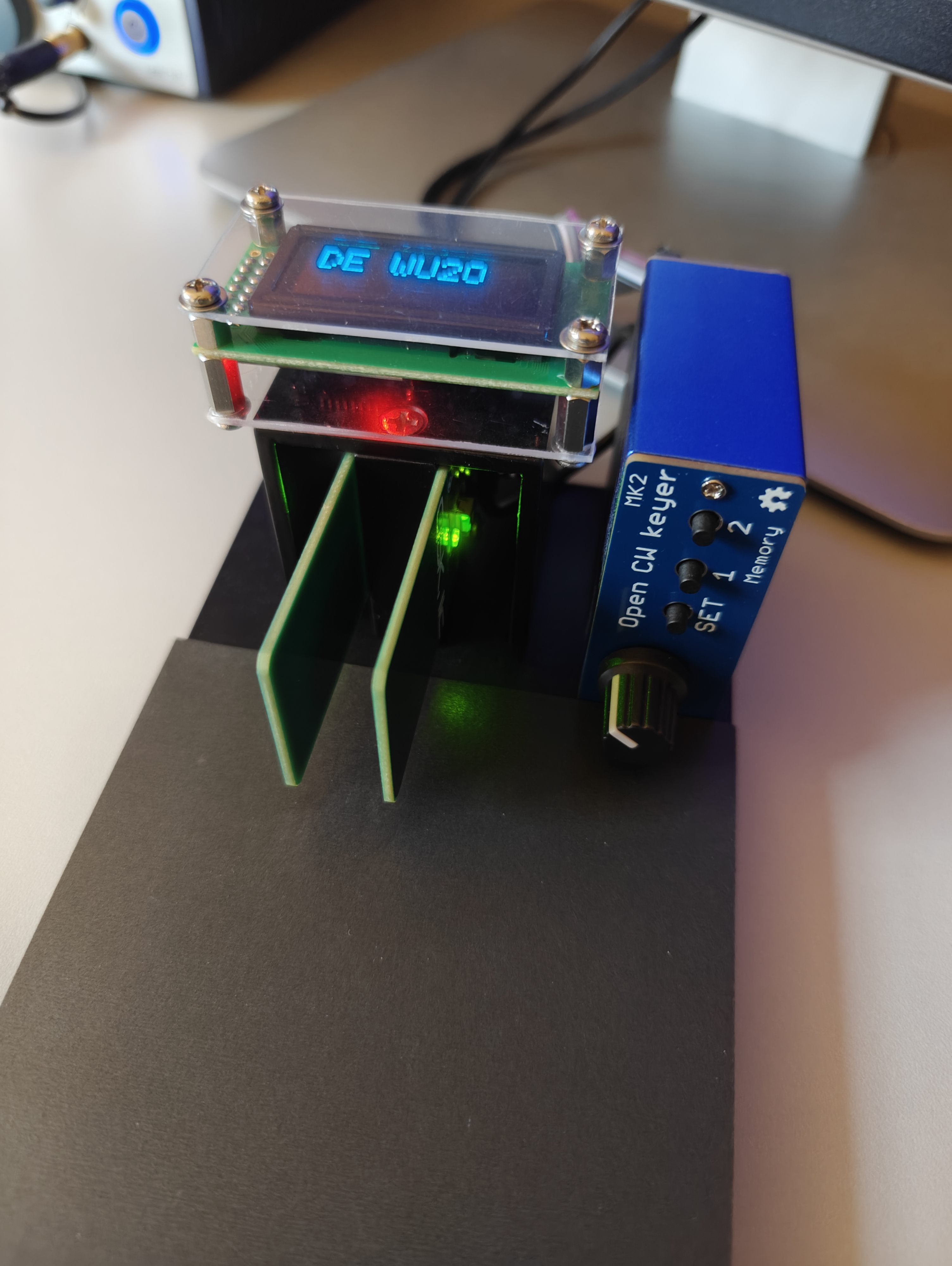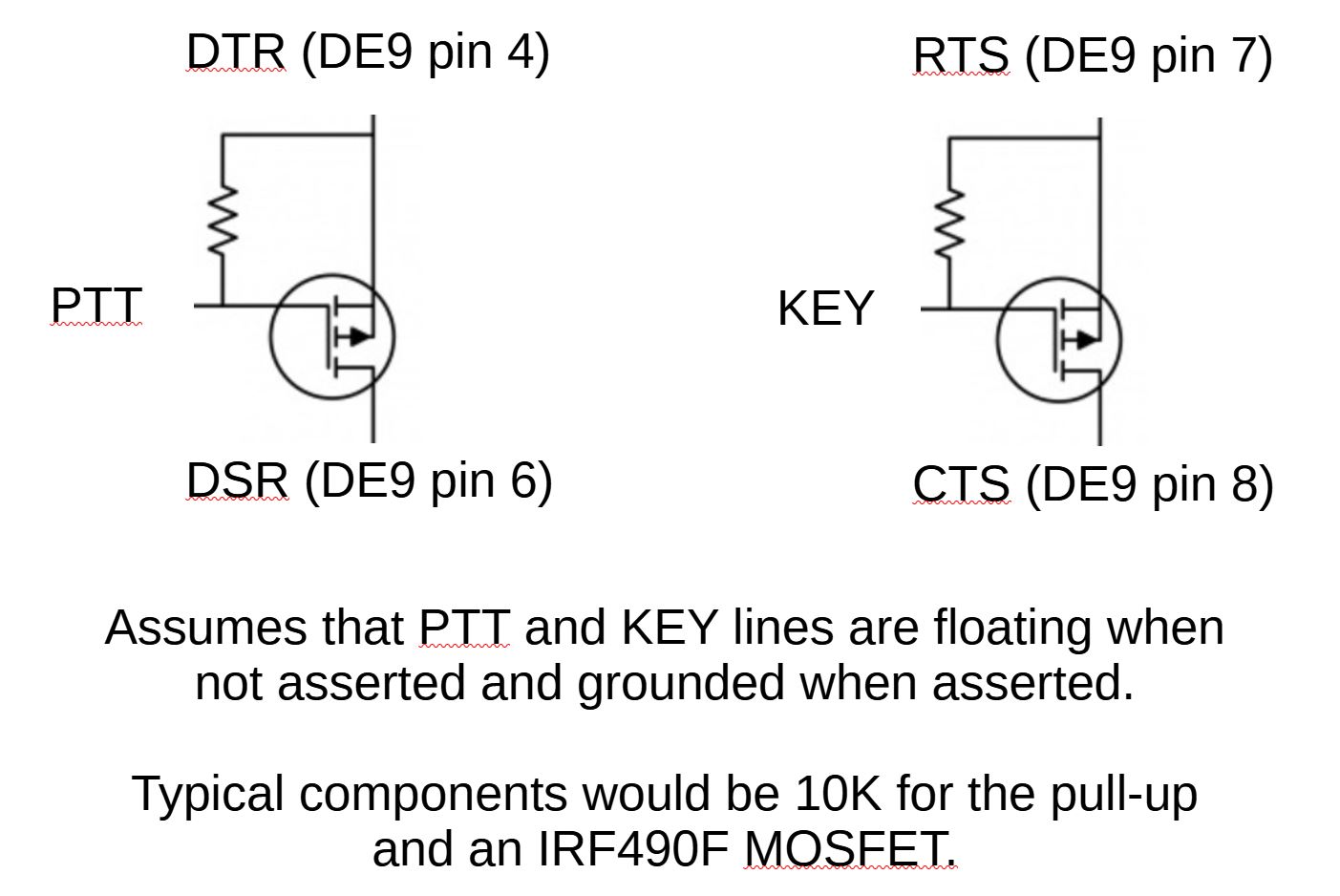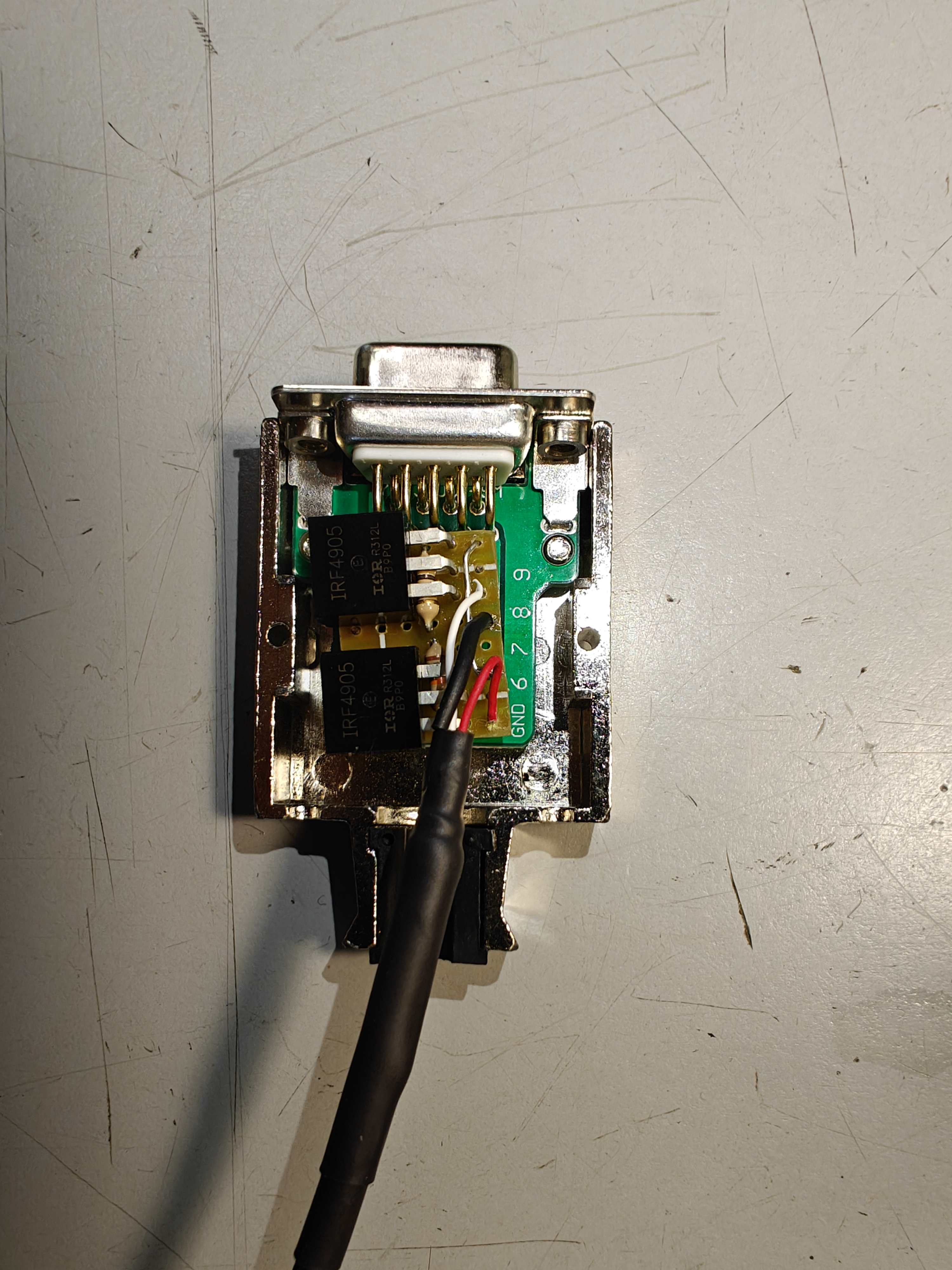You are not really "remoting in" since you are on the same LAN as the ANAN hardware. But, yes, having an operating position away from the hardware, and I do that as well, does require some changes to operating style.
MON picks off the raw IF data just before it goes to the DAC. The DSP involved in the path from mic or key to the DAC introduces a lengthy delay which makes MON unusable as sidetone or for anything but a quick and casual check of voice quality. If you are using PureSignal the waveform is predistorted at that point and therefore not very usable for voice quality checks unless you temporarily disable PureSignal. So while it works fine for TUN and two-tone, and okay for casual voice checks, it's not going to be able to provide usable sidetone for CW or voice.
If you enable QSK (full break in) then the duplex receive capability of the radio is used to monitor your own CW transmissions but again this comes with a relatively lengthy delay and IMHO makes it unusable for sidetone.
The original developers of the openHPSDR software and firmware architecture did not believe it was possible to have a low delay (aka low latency) path for CW sidetone outside of the firmware. I disagree

but regardless we are still stuck with this situation until a developer comes along who want to tackle this issue for folks like you and me who use only an Ethernet connection to the hardware.
There's at least a couple of way to get around this problem. One would be to use a hobby FM transmitter to send the sidetone output available on the hardware headphone jack back to an FM receiver at your operating position. Or you could try Bluetooth but I believe it will have too much latency.
Another way is to use an external keyer that has a built-in sidetone oscillator. By pure coincidence, I've decided to try to learn Morse/CW this winter, and that is the approach I've decided upon.
I bought an
OpenCWKeyer MK2. It is possibly the perfect keyer for ANAN/Thetis users as, like our radios and software, it is completely open source. The
hardware design is on Github, and it runs the impressive
K3NG software, also on Git.

- IMG20241007095521.jpg (3 MiB) Viewed 5022 times
I quickly tricked out my keyer by upgrading the Arduino Nano it came with to an Arduino Nano Every. The Every has enough memory to add the display, USB serial control, and Winkeyer functions. I also added a cute little 8x2 OLED display.
You interface the keyer to a serial port on your Thetis PC. Look at Settings > DSP > CW. Set the secondary connection to a real COM port. I use this circuit to create the interface.

- Capture.JPG (109.96 KiB) Viewed 5022 times

- IMG20240909172212.jpg (3.85 MiB) Viewed 5022 times